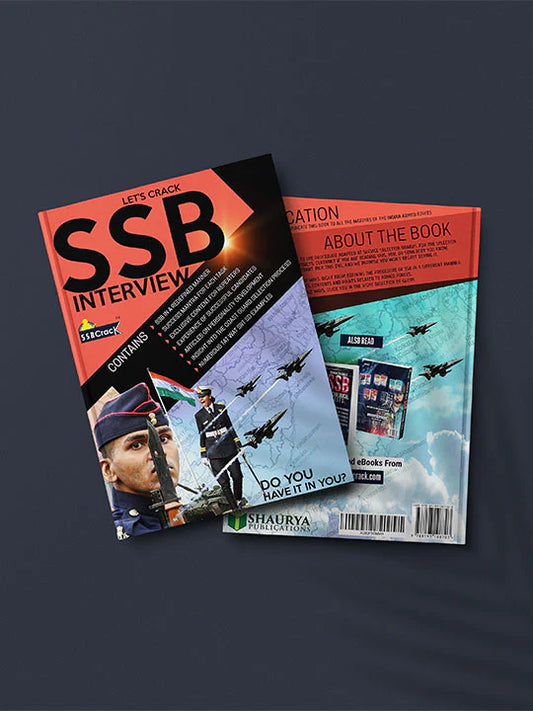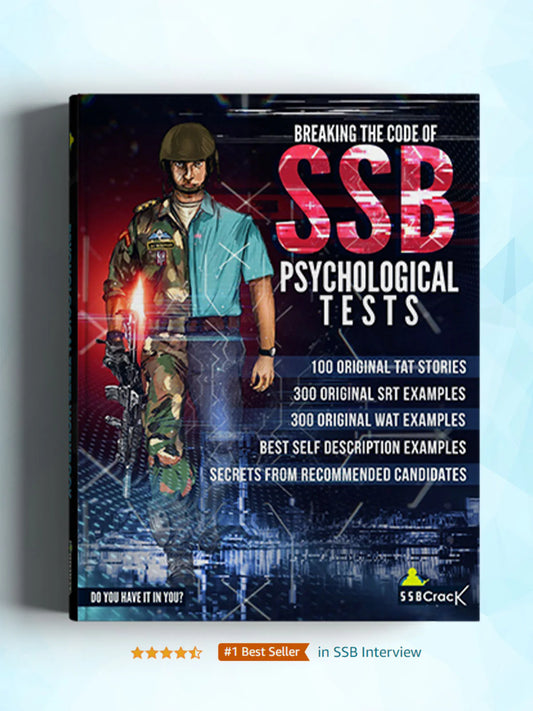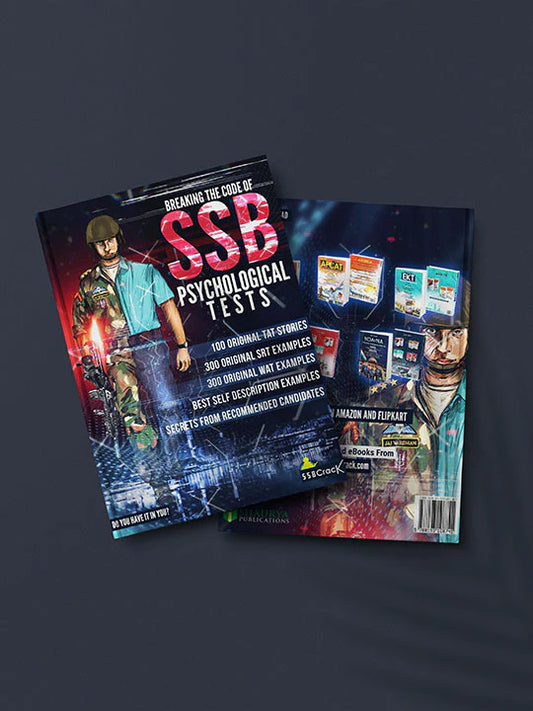How to Become a Fighter Pilot in Indian Air Force?
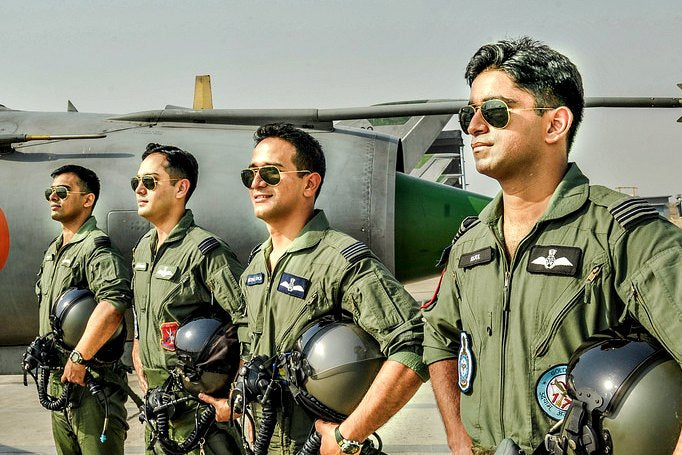
Becoming a fighter pilot in the Indian Air Force (IAF) is a dream for many young Indians, symbolizing prestige, adventure, and service to the nation. The process, however, is far from simple. It involves a rigorous selection system, a stringent set of eligibility criteria, and extensive training phases that challenge the physical and mental resilience of candidates. As we delve deeper into the pathways to becoming a fighter pilot in the IAF, we will explore the educational requirements, selection process, training, and everything else you need to know to embark on this exciting journey.
The Significance of Fighter Pilots in the IAF
Fighter pilots are the very backbone of any air force, serving as the frontline protectors of a nation’s airspace. In the context of India, with its vast borders and complex geopolitical landscape, the role of IAF fighter pilots becomes all the more critical. Not only do they maintain air superiority, but they are also involved in humanitarian missions, reconnaissance operations, and disaster relief. The valor and skill demonstrated by these pilots have, over time, established them as national heroes.
Historical Context
The Indian Air Force was established on October 8, 1932, as an auxiliary air force of the British Empire. Since its inception, it has grown into one of the leading air forces in the world. Throughout history, IAF pilots have played pivotal roles in key conflicts, including the Indo-Pakistan wars and the Kargil conflict, showcasing their skill and commitment. Over the years, fighter aviation technology has evolved, requiring pilots to undergo sophisticated training and stay abreast of technological advancements.
Given this rich history, the path to becoming a fighter pilot within the IAF is not merely a career choice; it is a legacy intertwined with national pride.
Eligibility Criteria
To embark on this thrilling journey, prospective candidates must meet several eligibility requirements, which play a crucial role in ensuring that only the most qualified individuals make it to the cockpit.
Educational Qualifications
-
For NDA Entry:
- Candidates must have completed 10+2 with Physics and Mathematics.
- A minimum of 50% - 60% marks is required in these subjects, varying upon the entry mode.
-
For Graduate Entry:
- Candidates holding a three or four-year degree from a recognized university need to secure at least 60% marks.
- Engineering degrees (B.E./B.Tech) are particularly favored.
Age Limits
- NDA Entry: Candidates must be between 16.5 to 19.5 years old.
- CDS, AFCAT, and NCC Special Entry: Eligible candidates must fall in the 20 to 24 age range. Those with a valid Commercial Pilot License (CPL) may have an age limit extended up to 26 years.
Nationality and Marital Status
All applicants must be Indian nationals and unmarried at the time of application.
Gender
While both men and women can apply through NDA, AFCAT and NCC Special Entry.
Pathways to Join the IAF as a Fighter Pilot
Various pathways facilitate entry into the IAF, each designed to accommodate candidates at different educational stages.
1. National Defence Academy (NDA) Entry
This route is tailored for candidates who have just completed their higher secondary education.
- Eligibility: Male and Female candidates aged between 16.5 to 19.5 years.
-
Selection Process:
- Candidates must successfully pass the NDA & NA exam, administered by the UPSC.
- After clearing the exam, candidates undergo the SSB interview and a meticulous medical examination.
- Training: Upon selection, candidates undergo three years of training at NDA, Pune, followed by another year at the Air Force Academy in Hyderabad.
- Commission: Candidates are granted a Permanent Commission.
2. Combined Defence Services (CDS) Entry
Targeted at university graduates, this entry option opens up more possibilities.
- Eligibility: Unmarried males and females aged 20 to 24 years.
-
Selection Process:
- Candidates must clear the CDS exam conducted by UPSC.
- Post-examination, candidates are called for the SSB interview and medical test.
- Training: Selected candidates receive 1.5 years of training at the Air Force Academy.
- Commission: Candidates may be given either a Permanent Commission or a Short Service Commission.
3. Air Force Common Admission Test (AFCAT) Entry
Broadening the eligibility, this pathway accommodates graduates across various disciplines.
- Eligibility: Unmarried men and women between 20 to 24 years.
-
Selection Process:
- Candidates take the AFCAT exam, followed by the SSB interview.
- A medical examination follows.
- Training: Successful candidates receive 1.5 years of training at the Air Force Academy.
- Commission: The AFCAT route primarily leads to a Short Service Commission lasting 14 years, with no extension.
4. NCC Special Entry
This option is tailored for candidates who have obtained the ‘C’ Certificate from the Air Wing of the NCC.
- Eligibility: Candidates aged 20 to 24 years are eligible.
-
Selection Process:
- A direct SSB interview is conducted, followed by medical evaluations.
- Training: Successful candidates will also undergo 1.5 years of training at the Air Force Academy.
- Commission: Depending on marital status, candidates could receive either a Permanent Commission or a Short Service Commission.
Selection Process
Written Examinations
Entry routes for NDA, CDS, and AFCAT examinations are structured as follows:
- The NDA and CDS exams are conducted by UPSC, whereas AFCAT is organized by the Indian Air Force.
- Each examination covers a range of subjects, including Mathematics, General Knowledge, and English.
Services Selection Board (SSB) Interview
Having cleared the written exams, candidates must face the SSB interview, rigorously designed to assess their suitability for military service through:
- Psychological evaluations
- Group tasks that gauge teamwork and leadership
- Personal interviews focusing on character and motivation
Medical Examination
To ensure that candidates meet the stringent health and fitness standards necessary for flying, a comprehensive medical examination is conducted following the SSB interview.
Pilot Aptitude Battery Test (PABT)
All applicants aspiring to enter the flying branch are required to take this test, which assesses various cognitive and spatial skills crucial for flying duties. This includes evaluating:
- Coordination abilities
- Hand-eye coordination
- Decision-making skills
Training
The journey does not end with selection; the real challenge begins with training.
Initial Training
Once selected, candidates go through early military training at the Air Force Academy, Hyderabad. This training phase, lasting approximately 18 months, includes:
- Physical fitness regimens
- Drill exercises
- Combat training
Advanced Flying Training
Following initial training, selected candidates transition to advanced flying training, where they gain proficiency in operating various aircraft, particularly fighter jets. This phase includes, but is not limited to:
- Aerial combat tactics
- Navigation procedures
- Mission planning
As a fighter pilot, possessing strong situational awareness and quick decision-making abilities becomes paramount for successful mission execution.
Additional Requirements
To enhance the prospects of successful enlistment, aspiring candidates should also focus on the following aspects:
- Physical Fitness: Adhering to a fitness regimen to maintain optimal health and stamina.
- Final Year Students: Students in their final year can apply, provided they do not have any backlogs and present their degree certificate by the specified date.
Challenges and Solutions
The road to becoming a fighter pilot is fraught with challenges. Here are some common barriers and suggested solutions:
1. Intense Competition
With thousands of candidates vying for a limited number of positions, competition is fierce.
Solution: Prospective candidates should invest time in comprehensive exam preparation and participate in mock interviews and group discussions to sharpen their skills.
2. Rigorous Physical Standards
The medical standards for IAF are stringent, often disqualifying otherwise eligible candidates.
Solution: An early focus on physical fitness and health can mitigate the risk of disqualification. Engaging professional trainers for tailored fitness regimes could prove beneficial.
3. Mental Stress and Endurance
The SSB interviews and the PABT can be mentally taxing, requiring candidates to perform under pressure.
Solution: Practicing mindfulness, meditation, and stress management techniques can help candidates maintain a calm demeanor during selection processes.
Future Trends and Predictions
With the modernization of the IAF and the incorporation of advanced technologies such as drones and artificial intelligence, the role of fighter pilots will evolve significantly. The emergence of electronic warfare and the necessity for multi-role aircraft proficiency are pivotal discussions within the military aviation space.
As the global defence landscape shifts towards more technologically advanced solutions, future pilots will likely require additional training in electronic warfare, cyber operations, and unmanned aerial systems, indicating a broader skill set necessity.
Conclusion
Becoming a fighter pilot in the Indian Air Force is a journey marked by selection rigor, extensive training, and enduring commitment. The eligibility criteria should not deter aspiring pilots; instead, they signify the high standards set by the IAF to ensure the safety and effectiveness of the nation’s air defence.
By embracing the paths outlined above and adequately preparing for each challenge, aspiring candidates can transform their dreams into reality. The journey may be long and filled with obstacles, but the opportunity to serve the country as a pilot is a privilege like no other. If you possess the passion for flying and the dedication to serve, take the first step today toward becoming a fighter pilot. Resources such as SSBCrack and SSBCrackExams offer invaluable study materials to assist candidates in preparing for this noble pursuit.
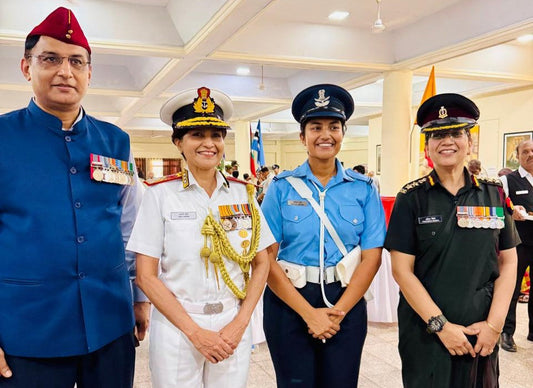
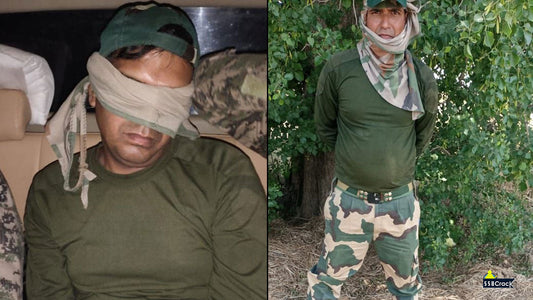
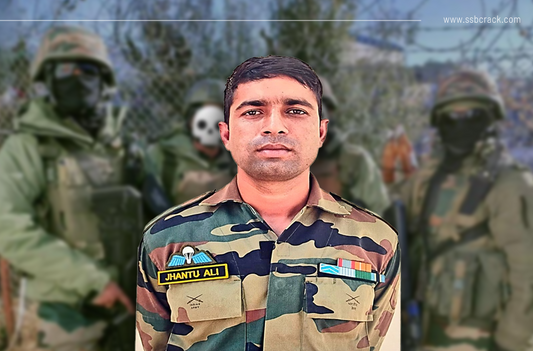
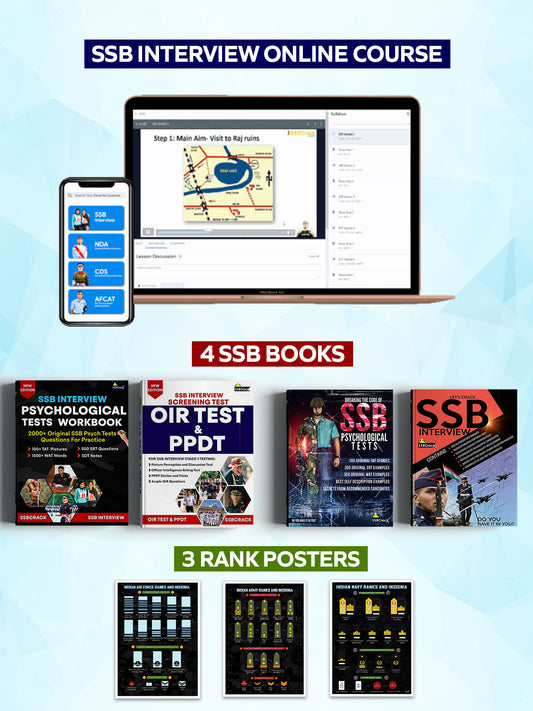
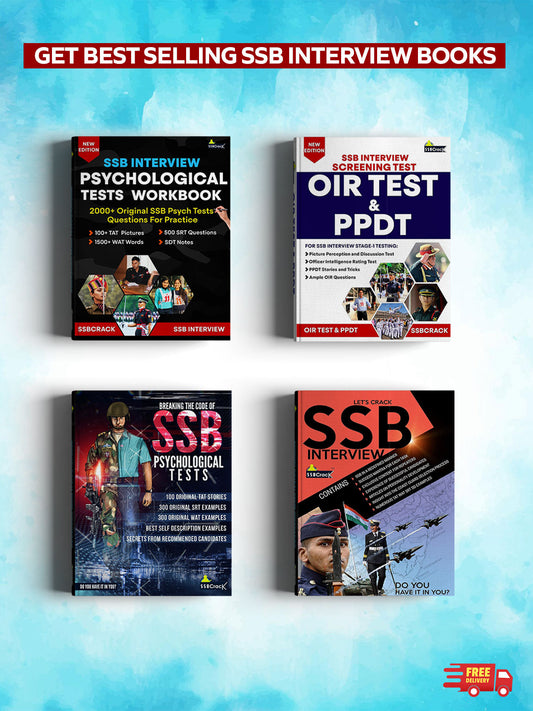
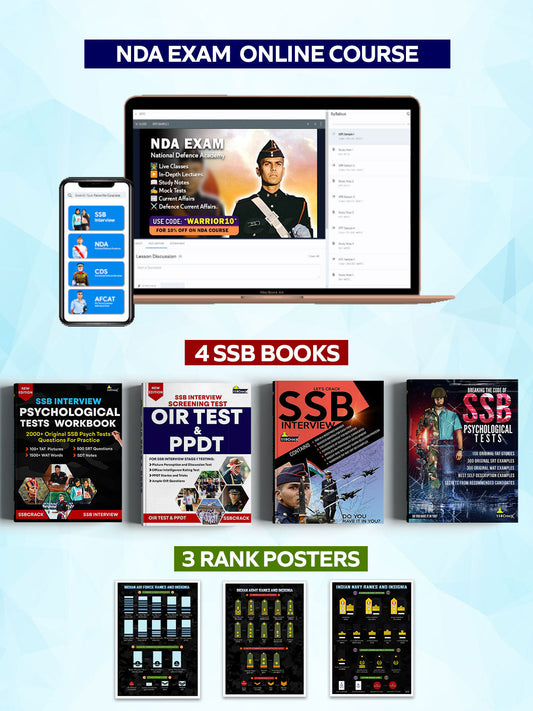
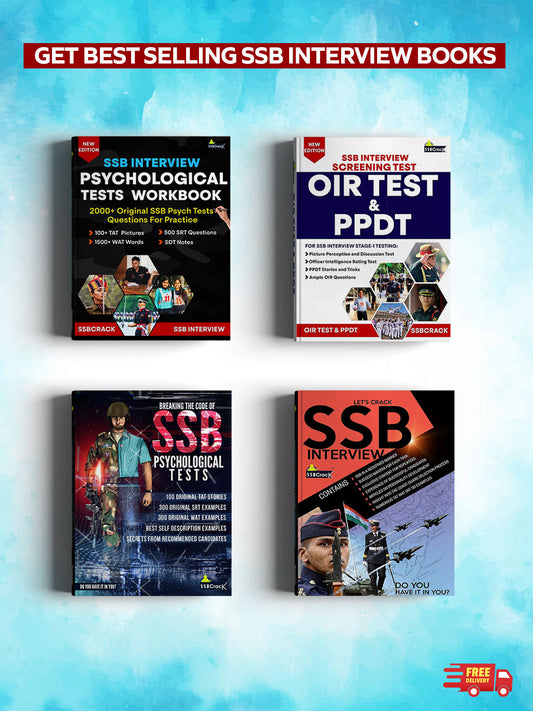
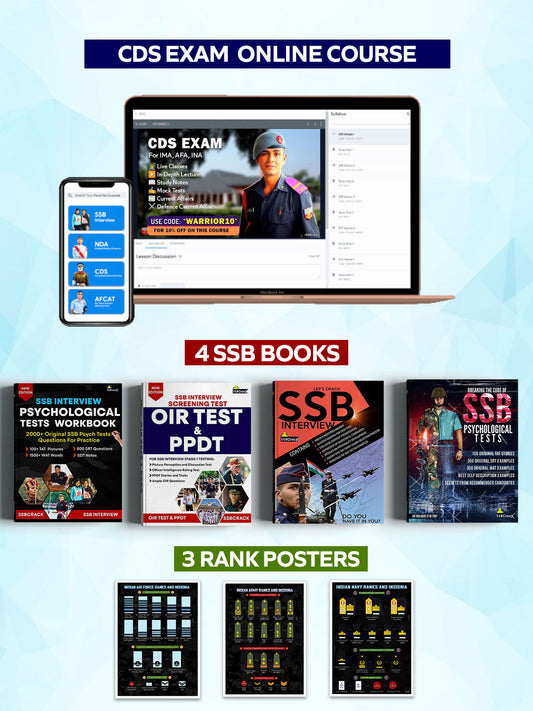
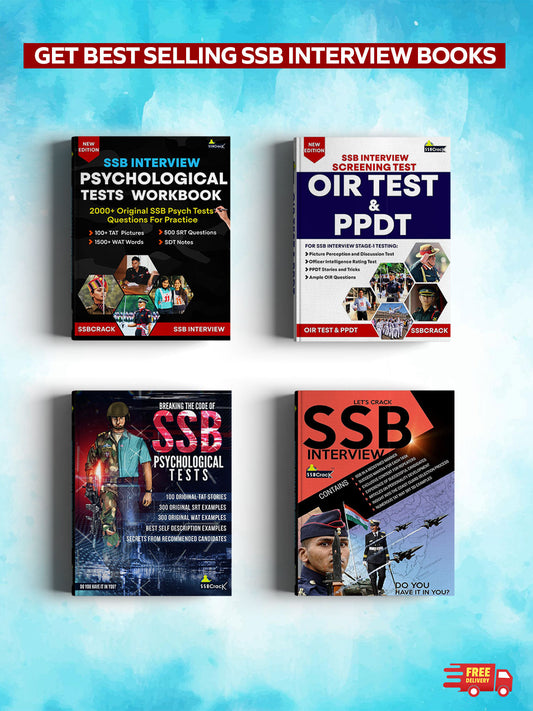
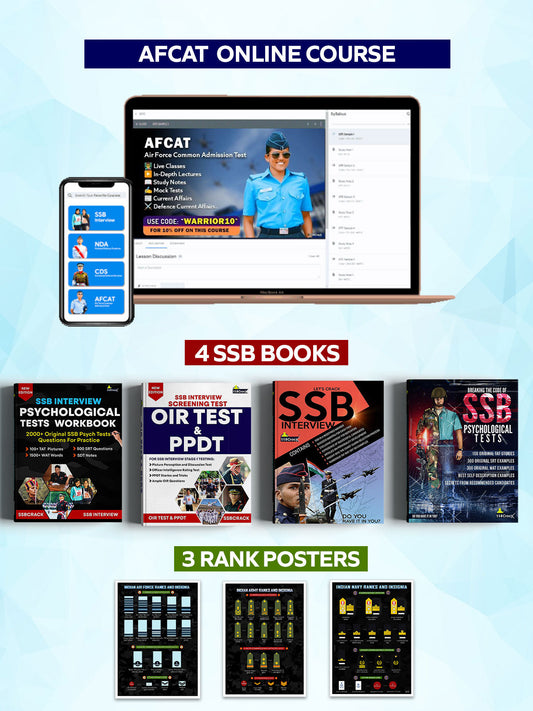
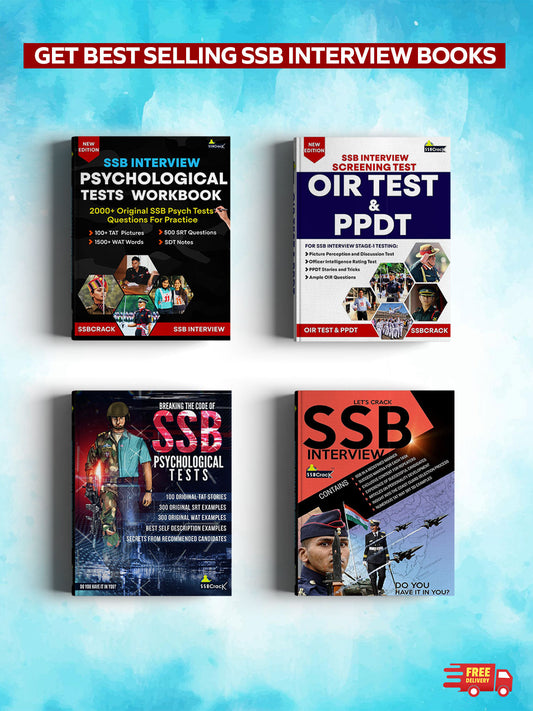

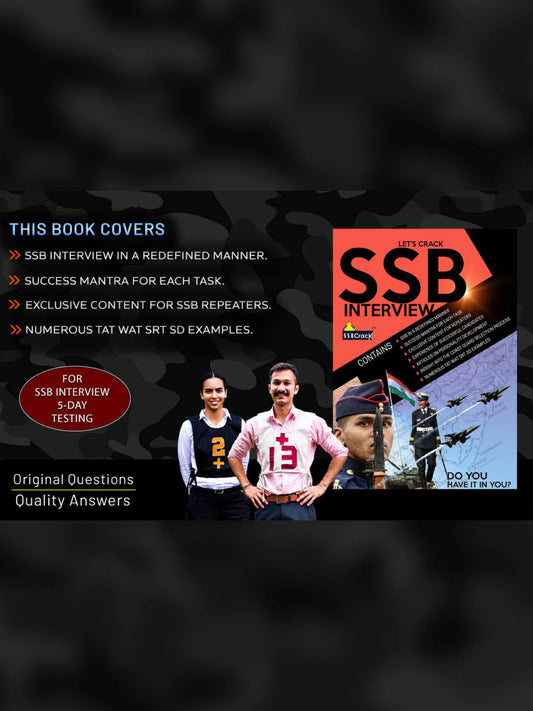
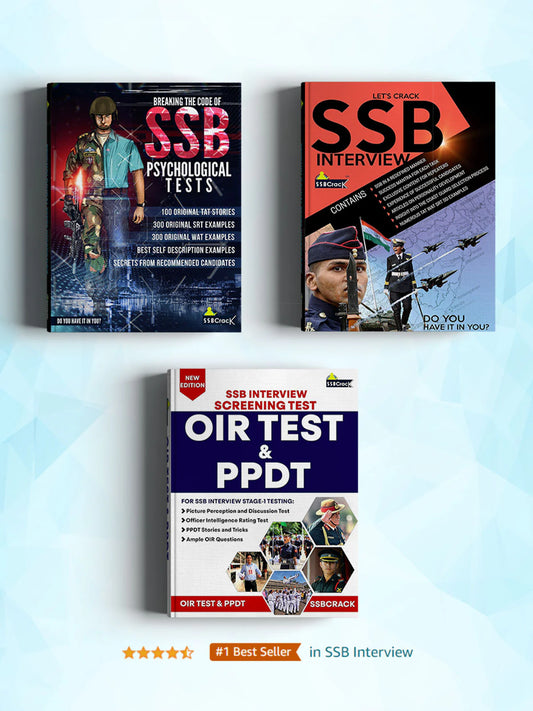
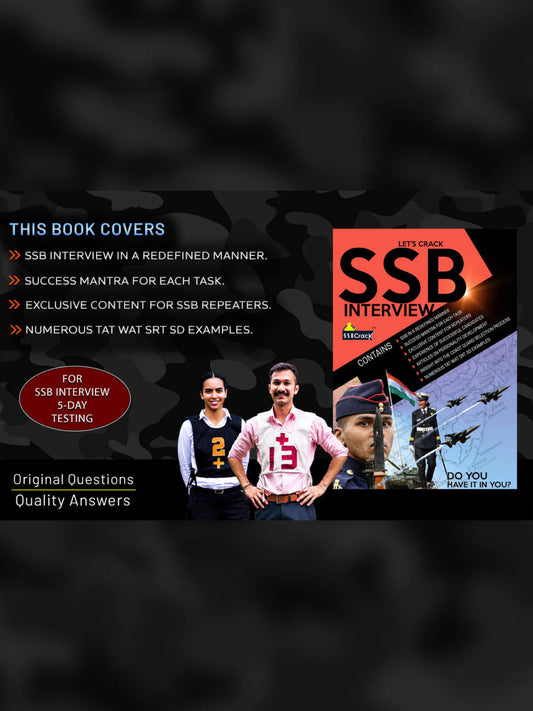
![Let's Crack SSB Interview Book [Paperback]](http://shop.ssbcrack.com/cdn/shop/files/ssb-books.webp?v=1736351621&width=533)
